
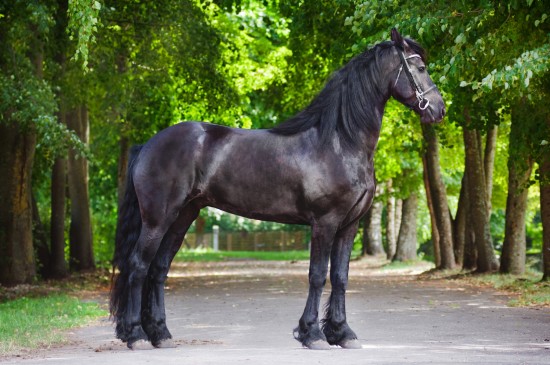
Used for centuries to transport passengers and Royalty, the carriage horse has a distinguished history. Many of them developed to be useful as riding horses as well as good under harness. For those who cannot ride or have always admired driving teams, there are a number of breeds specifically bred to adapt to harness and are great for beginners.
Despite being on the critical list with the Rare Breeds Survival Trust, you can regularly see Cleveland Bays on the streets of London. Queen Elizabeth II brought the Cleveland Bay into the Royal Mews and they now pull a wide range of her formal carriages. One of the oldest carriage breeds in the world, they can only be bay with the only white allowed being a small star on their forehead. They are tall with large noble heads.
Denmark’s oldest horse, they helped create many of the Iberian breeds such as the Lippizaner. It is now a rare breed. The majority of horses are chestnut with white markings, and were used to pull the Royal carriages of King Frederik II. Under harness they are bred for conformity, with teams being completely in synch. They have a long extended trot, crested neck and high tail carriage.
When Ford said “You can have it in any colour, as long as it is black!” he could have been referring to the Friesian horse. Large, muscular, they have a body shape similar to the Iberian horse. They are only allowed in Black (some are born chestnut but cannot be registered) and are a powerful carriage horse. Friesians have an extravagant action accentuated by their long flowing mane, tail and lower leg feathers. They are popular carriage horses in shows, as well as for funeral directors.
The Gelderland is a Dutch breed, specifically created to excel under harness. Made from a mixture of many European breeds, it has a high knee action and elegant long neck. They mainly come in chestnut, but are also bay, black, grey and pinto. Teams tend to be made of the same colour and height. The Gelderland is in decline in despite being a great breed for combined driving. Traditionally they are shown in a white bridle.
The Hackney is the jewel of carriage horses. Made of a mixture of the fastest, most exuberant trotting horses in Yorkshire and Norfolk, they have an extremely high stepping trot. Trotting was prized in carriage horses as they could cover the ground faster and for longer when pulling a carriage. Hackneys are now mainly show animals, loving the limelight.
Before turning to the world of show jumping, the Holstein was originally developed as a large, powerful carriage horse that could cover the ground easily whilst under harness. A team of four has won the Combined Driving World Championship. The introduction of the Thoroughbred to breeding lines in the 1970s has made the breed become more rideable but still has its coaching prowess.
Started at the Imperial Stud in Hungary, owners have recognised the ability of the carriage horse in competition. The Nonius have won numerous Combined Driving World Championships despite being relatively unknown outside of Hungary. They are a heavy warmblood driving horse with a lot of endurance ability. This doesn’t make them incredibly fast, but they can travel long distances with ease. Being intelligent and kind, they are easy to train making them great driving horses.
Although this breed originated from the Shetland Pony, it is much finer and more expressive than its shaggy ancestor. They resemble the Hackney in their gait, and are mainly shown in Harness by showers due to their small stature. They pull light weight gigs and are mainly a pleasure carriage horse – being small they would not be able to pull large coaches. They come in every colour, and have fine silky coats and manes.
The Fell pony developed on the borders of England and Scotland, and is one of the UK’s Native breeds. A multi-purpose breed used to carry produce and game, they are also carriage ponies. Several are kept at Balmoral, and are driven by the Royal family when in Scotland. They were also used by Prince Philip in driving competitions, being honest and able to move through tight courses.
From West Norway, the Fjord is always a shade of dun. Their manes are cut to a distinctive brush which is white with a black centre. The Fjord was used by the Vikings as a ride and drive pony, being muscular and broad. They have had little if no crossbreeding with other breeds for thousands of years so remain true to their original versatility. Fjords are strong yet agile, and still work under harness in the mountains of Norway. Teams have also competed in combined driving classes.
The Haflinger developed in the mountains of Austria and Italy. They are all chestnut with flaxen manes and tails, and only reach up to 15 hands. They have large flat knees and solid hocks. This gives them an even yet athletic gait, especially in trot. They can still be found in the Austrian mountains pulling trams for families and tourists. They are popular in the show ring, and are light to drive so make great horses to start with as an amateur. Unfortunately Italian breeders mainly produce them for the meat market, but the breed remains strong in the rest of Europe as ride and drive animals.
The largest of the UK’s Native Ponies, they still maintain the traditions in Scotland of working the land and pulling small carriages for families around the rough heaths. They have dense fur to protect them from the elements in winter, and incredibly tough hooves that rarely need to be shod. Despite only reaching 14.2 hands, they have a broad chest and quarters with a sloping shoulder making them perfect carriage ponies. Highland ponies are very kind and gentle, making them perfect pleasure drive ponies.
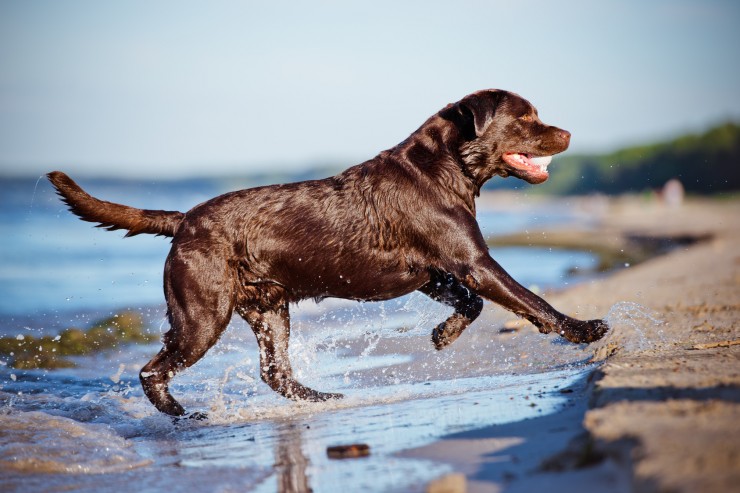 Why Is My Dog Biting His Tail?
Why Is My Dog Biting His Tail?
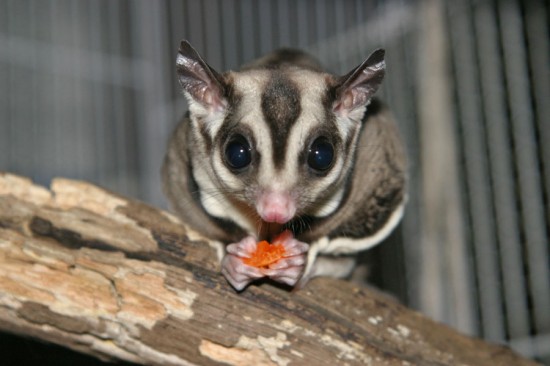 Sugar Gliders - What Are They And Do I Want One As A Pet?
Sugar Gliders - What Are They And Do I Want One As A Pet?
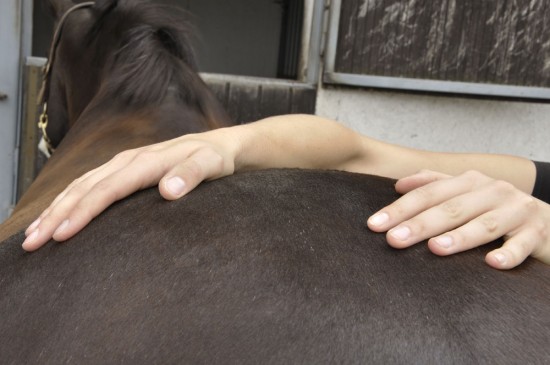 Massage And Chiropractic Treatments For Horses
Massage And Chiropractic Treatments For Horses
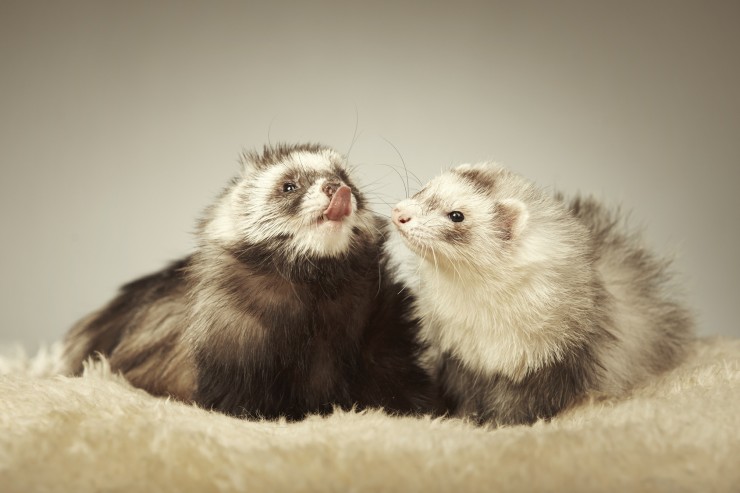 What You Need To Know About Ferrets And Coat Shedding
What You Need To Know About Ferrets And Coat Shedding
 What are the active ingredients of Frontline plus
What are the active ingredients of Frontline plus
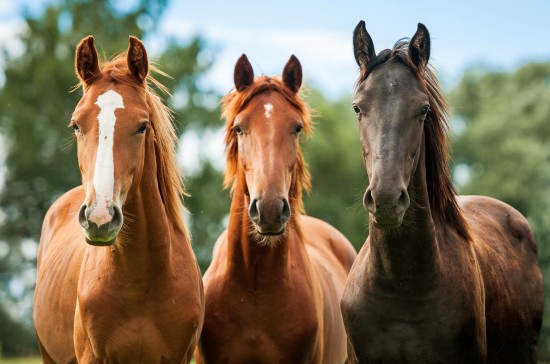 The Evolution Of The Horse And What It Means For The Horse Owner
The Evolution Of The Horse And What It Means For The Horse Owner
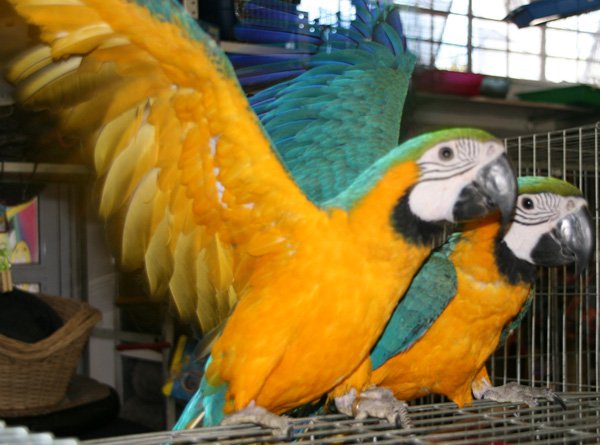 Fun games to play with your dog
Fun games to play with your dog
Every dog know
Fun games to play with your dog
Fun games to play with your dog
Every dog know
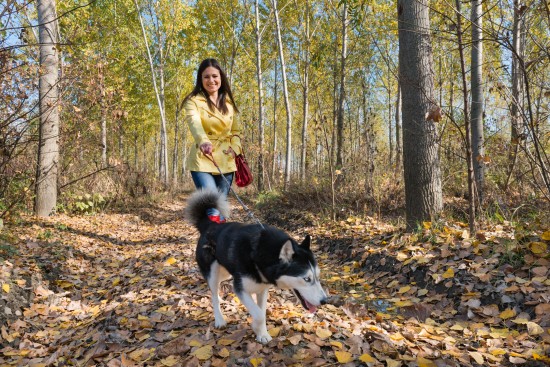 Staying Safe When Walking Your Dog
Staying Safe When
Staying Safe When Walking Your Dog
Staying Safe When
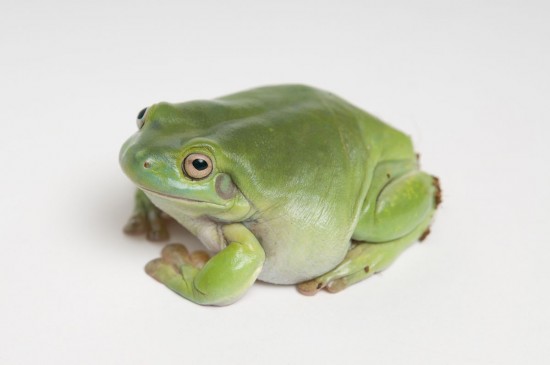 White’s Tree Frogs As Pets
White’s Tree Frog
White’s Tree Frogs As Pets
White’s Tree Frog
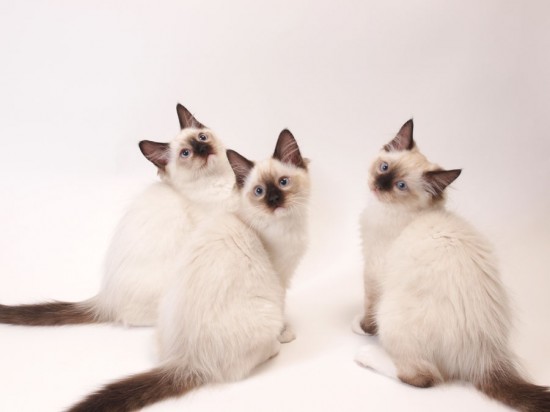 The Ragdoll - The Cat Who Thinks Its A Dog!
The Ragdoll - The
The Ragdoll - The Cat Who Thinks Its A Dog!
The Ragdoll - The
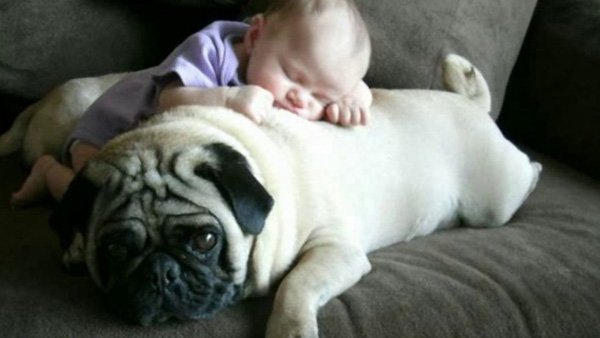 Different Types of Dog Boots
Different Types of Dog Boots
Dogs are consider
Different Types of Dog Boots
Different Types of Dog Boots
Dogs are consider
Copyright © 2005-2016 Pet Information All Rights Reserved
Contact us: www162date@outlook.com